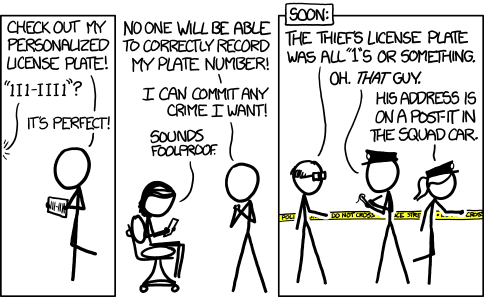

Depends. Do you want the possibility of an AI model being able to fork over some private details in your convos? The potential for someone that doesn’t like what you believe in to subpoena google for this data?
As for bricking, it won’t, and the whole process is on the website, using a chrome-based browser and usb cable (it detects which pixel you have and does all the hard stuff) but you do have to back up your stuff as it will erase when it gets graphened.







VoLTE isn’t yet supported in Linux because no one has yet completed writing an open source implementation. Unfortunately, phone manufacturers, chip manufacturers, and cell carriers all hold these cards very close to their chests, so drivers have to be written from scratch by reverse engineering the protocols, which are encrypted on top of being completely nebulous. Support is coming, eventually, but it takes an extraordinary amount of time and effort to do this, which nobody has time to do.